Ransomware is a when cybercriminals kidnap your data (via encryption) and then demand money so that you can decrypt your own data. It sounds scary and it certainly is! Here are the top seven things you need to know about ransomware. Continue reading
Tag Archives: protection
What is a Firewall and Why Do They Matter?
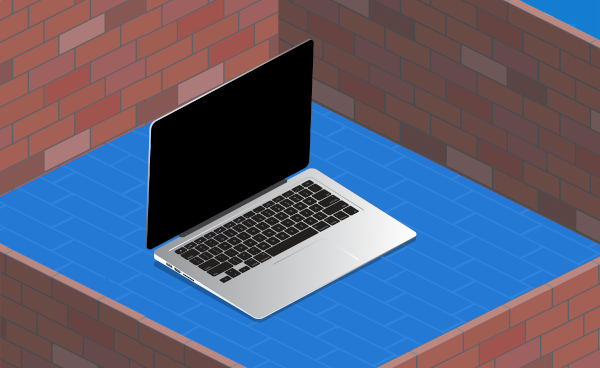
Hearing “firewall” in the context of computing can be confusing. This blog article aims to explain what a firewall is and how it will benefit your business. Continue reading
Invest In Your IT Security – Before It Is Too Late!
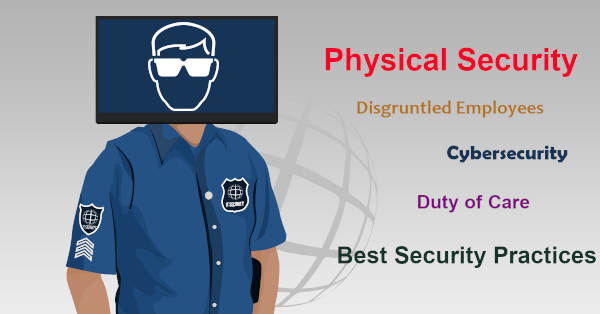 The rule “If it ain’t broke, don’t fix it” is common for many business owners. It can serve to protect your business against unnecessary costs and unneeded downtime. While protecting your business against many types of danger, it poses a large threat when it comes to your IT security.
The rule “If it ain’t broke, don’t fix it” is common for many business owners. It can serve to protect your business against unnecessary costs and unneeded downtime. While protecting your business against many types of danger, it poses a large threat when it comes to your IT security.
Is Your Actual Physical Security as Good As Your Cybersecurity?
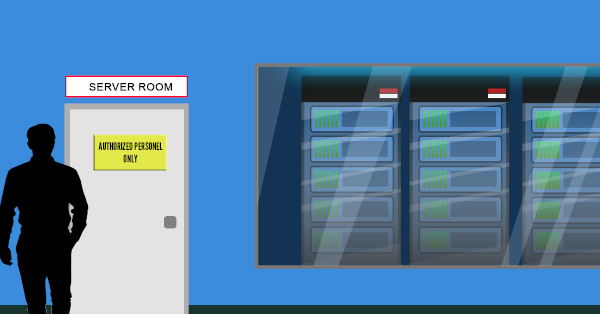
Headlines are often made by firms that have been hacked by cybercriminals. These events sound high tech and sophisticated. The truth though is that a lot of the times it is an amateur attacker chancing their luck with an unpatched security hole or bad password. Physical break-ins though can affect businesses far more, cause much more damage and are much more common but get talked about far less. Continue reading
Common Types of Malware to Watch Out For
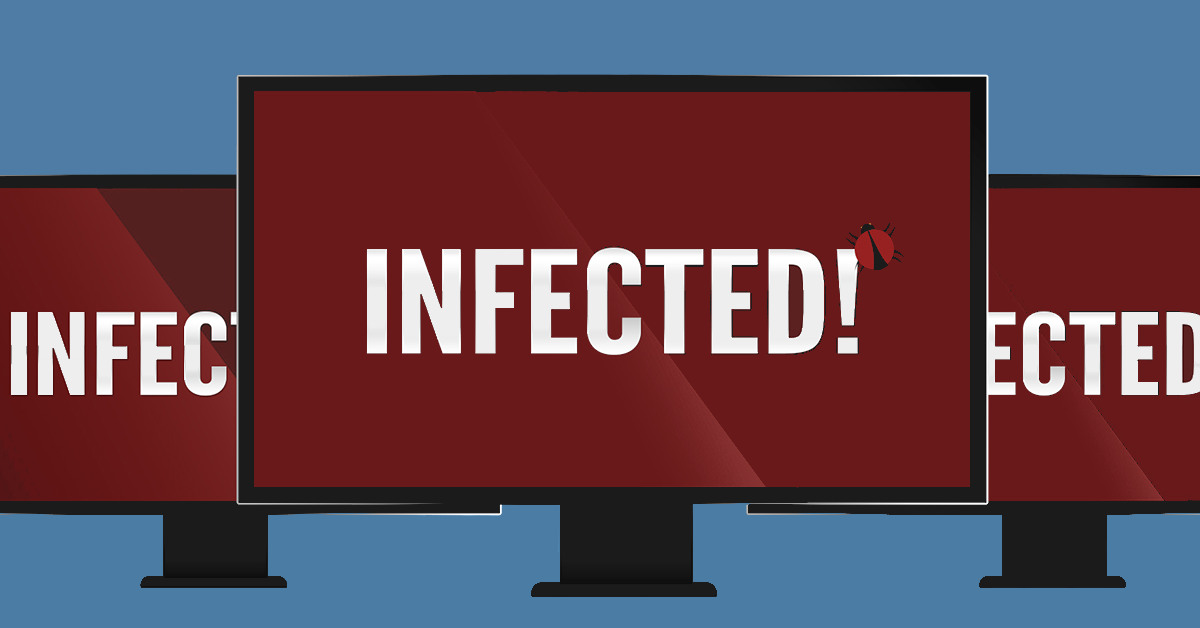 What is a virus and is it the same as malware?
What is a virus and is it the same as malware?
Malware describes software designed to act maliciously on a computer. The name ‘malware’ is a shorthand for ‘malicious software’ and describes exactly what it is. A computer virus is a single type of malware that can cause harm to your PC, but it is only one of many. Other types of malware are listed below.
Adware
Short for advertising-supported software, adware is a type of malware that delivers adverts to your computer. These advertisements often pop-up and are intrusive, irritating and designed to trick you into clicking something you don’t want. A common example of malware is pop-up ads that appear on many websites and mobile applications.
Adware often comes bundled with “free” versions of software that uses these intrusive advertising to make money. Commonly it is installed without the user’s knowledge and are purposely made to be difficult to remove.
Spyware
Spyware is designed to spy on the user’s activity without their consent or knowledge. Spyware is often installed in the background, collects keyboard input and can harvest data from the computer, monitor web activity and more.
Spyware typically requires installation to the computer. This is commonly done by tricking users into installing the spyware themselves instead of a software application that they thought they were getting. Victims of spyware are often be completely unaware of its presence until the stolen data is used elsewhere (ie in a fraudulent bank transactions or stolen online accounts).
Virus
A computer virus is a form of malware that is installed inadvertently, causing damage to the computer and / or user. A typical virus may install a keylogger to capture passwords, logins and bank information from the keyboard or it might steal or delete data, interrupt programs or cause the computer to crash.
Modern virus programs commonly use your computers processing power and internet bandwidth to perform illegal tasks remotely for hackers. The first sign of this can be when the computer sounds like it is doing a lot of work when no programs are running. A computer virus is often spread through installing unknown software or downloading attachments that contain more than they seem.
Ransomware
Ransomware is a very malicious variety of malware that prevents the user from accessing their own files and data until a ransom is paid. Files within the system are often encrypted with a password that won’t be revealed to the user until they receive money usually in the form of bitcoin.
Instead of accessing the computer as normal, the user is presented with a screen which details the contact and payment information required to access their data again.
Ransomware is typically downloaded through malicious file attachments, email or through a vulnerability in the computer system.
Worm
Another type of malware is the computer worm. Worms spread across computer networks by exploiting vulnerabilities within the operating system. Often these programs harm their host networks by consuming large amounts of network bandwidth, overloading computers and using up all the available resources.
While similar to a virus a worm is able to both copies of itself and spread independently. A virus must rely on human activity to run a program or open a malicious attachment while worms can simply spread over the network without human intervention.
If you would like to make your business secure from malware, give us a call at 08 8326 4364 or via email on
su*****@dp*********.au
.
How to Tell if Your Computer Has a Virus?
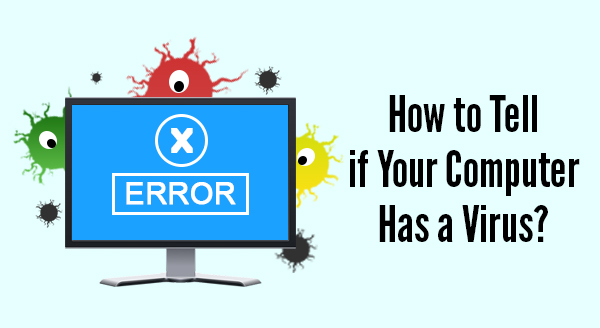 Sometimes computers do crazy things that ring alarm bells and make users think it is a virus. Next thing you know the boss is telling everyone to run scans and demanding people come clean about their browsing habits. Fortunately, not all weird occurrences are viruses related – sometimes your computer is simply overloaded, overheating or in desperate need of a reboot.
Sometimes computers do crazy things that ring alarm bells and make users think it is a virus. Next thing you know the boss is telling everyone to run scans and demanding people come clean about their browsing habits. Fortunately, not all weird occurrences are viruses related – sometimes your computer is simply overloaded, overheating or in desperate need of a reboot.
Here are some of the tell-tale signs that your computer maybe infected with malware:
Strange Error Messages
Does your computer have messages popping up from nowhere that make no sense, are poorly worded or just plain gibberish. Take note of anti-virus and security warnings too, check that the warning is from YOUR anti-virus software and looks like it should occur. If a message pops up that isn’t quite right then don’t click it – not even to clear or cancel the message. Close the browser or shut down the computer, then run a full virus scan.
Suddenly Deactivated Anti-virus / Malware Protection
The best way past a security guard is to sneak it when they are not around. Certain malware infections are programmed to disable the security systems first, leaving your computer open to infection. If you reboot and your protections are not enabled you may be under attack. Attempt to start the anti-virus manually and if that doesn’t work, backup your data and try and reinstall your security software.
Social Media Messages You Did Not Send
Are your friends replying to messages you never wrote? Your login details may have been hacked and your friends could be tricked into giving up personal information or money. Change your password immediately and advise your contacts of the hack.
Web Browser Acting Strange?
Perhaps your homepage has changed, it is using an odd search engine or opening/redirecting your to unwanted sites. If your browser has gone rogue it is definitely malware which could be trying to steal your personal or financial details. Skip the online banking and email until your scans come up clear and everything is working normally again. Once you are certain your machine is clean, change all your passwords.
Sluggish Performance
If your computer speed has slowed, boot up takes an eternity and even opening programs takes forever, it is a sign that something is wrong. It is not necessarily a virus though. Run your anti-virus scan and if that resolves it, great, if not, your computer may have a hardware issues or your computer needs a tune-up or service.
Constant Computer Activity
You are not using the computer but the hard drive is going nuts, the fans are whirring, and the network lights are flashing like a disco? It is almost like someone IS using the computer! Viruses and malware attacks use your computer resources, sometimes even more than you do. Take note of what is normal, and what is not and seek help if it looks like something is amiss.
If you have a virus that you can’t get rid of or need a service on your computer give us a call at 08 8326 4364 or at
su*****@dp*********.au
.
How Much Could A Ransomware Attack Cost Your Business?
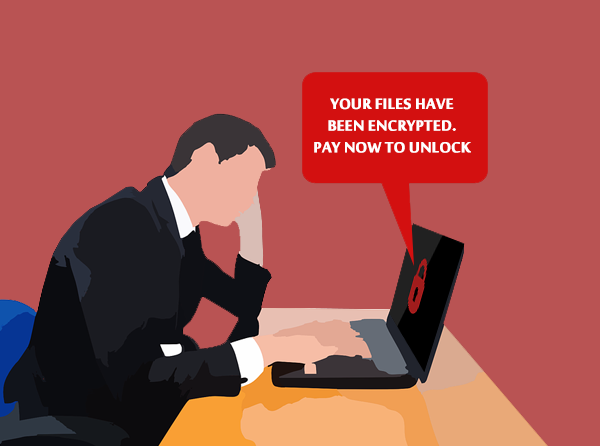 How much is your data is worth? Information is probably the most valuable part of your business. Imagine if you lost your client database, accounting software, inventory management and any intellectual property you may own. How long will it take to recreate this data and how much money would you lose in lost productivity, staff wages and the time it takes to either recover or recreate the lost information?
How much is your data is worth? Information is probably the most valuable part of your business. Imagine if you lost your client database, accounting software, inventory management and any intellectual property you may own. How long will it take to recreate this data and how much money would you lose in lost productivity, staff wages and the time it takes to either recover or recreate the lost information?
Recently when the WannaCry ransomware spread through out the world, many businesses were suddenly forced to re-assess the value of their data: was it worth saving and what would be the ongoing costs of the attack?
If you don’t have a recent backup most ransomware attacks cost at least $US200 (if not a lot more) to get your files released and that is only IF the cyber criminals honor the payment and actually give you the decryption key (some even demand further payments). Meanwhile your business is still running and new client calls are still coming in and you may find yourself unable to operate with your systems down.
Paying the ransom may seem like a quick fix but:
- There is still the downtime involved to restore your data resulting in lost productivity.
- If word gets out that your data has been compromised you may find confidence in your business plummets and your existing clients head elsewhere.
- The cyber criminals you pay, may now see you as an easy target and demand more money or target you for other scams and malware activity.
- You may recover the data but is it compromised with other malware?
- You may not get back all the data that has been lost.
So that $US200 ransom may end up costing many, many thousands of dollars!
How To Prevent Ransomware Attacks on your Business
Keep your systems up to date: Malware can take advantage of flaws in older versions of Windows and software – sometimes ones that have already been patched by Microsoft and third party vendors. To be protected businesses have to stay up to date with their patches & versions. To be up to date with Windows patches you need to be running a supported version of Windows. Delaying patches and updates puts your business at risk – we can help you keep you systems up to date.
Use corporate grade security software and firewall: Free software may be fine for low end home computers but if the worst happens you will get no support or help from a company providing free software. A firewall or UTM (unified threat management) device can also help block malware and ransomware infections. But whether it is a free or paid for solution the software (and any hardware devices) must be kept up to date.
Lock down employee computers: Very few staff will require full administrator access to your business network. With a higher level of permissions the more damage a person can do – either accidentally or by inadvertently installing malware. By locking down your computers you have a better chance of containing a malware attack to non-vital systems. Our expert computer technicians can design an access management plan that gives you best of both worlds – flexibility and security.
Educate your workplace: Most employees believe they are being cyber-safe but in reality it is quite different. Many malicious links and embedded malware have become harder to spot – and all it takes is a microsecond to click (and later regret it). We can work with your staff to establish procedures around checking links for authenticity before clicking, awareness around verifying the source of attachments and the importance of malware scanning and keeping systems up to date. We can help get the message through!
Have a solid backup plan: When ransomware hits, a connected backup = infected backup. Also a lot of cloud backup systems, such as Dropbox, immediately clone the infected files which also renders the cloud copy useless. The only safe backups will be the ones both physically and electronically disconnected. Our experts can set you up with a backup system that makes recovery simple.
Be proactive: The best way to avoid the costs of a ransomware attack is to prevent it from happening in the first place is with up to date antivirus software, regular systems updates and security audits. Remember, many businesses were able to watch WannaCry from the sidelines, completely unaffected and seized opportunities while their competitors were down.
Our regular maintenance plans can help protect your business against the next cyber-attack. Call us today on 08 8326 4364 or via email at support@dpcomputin g.com.au.

